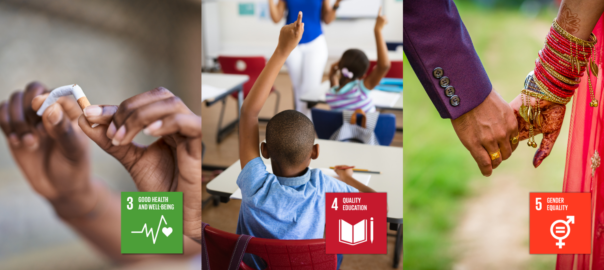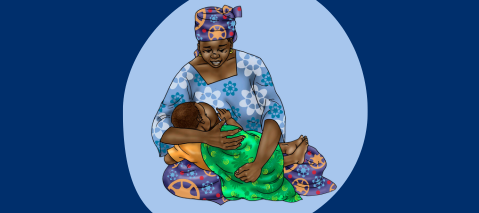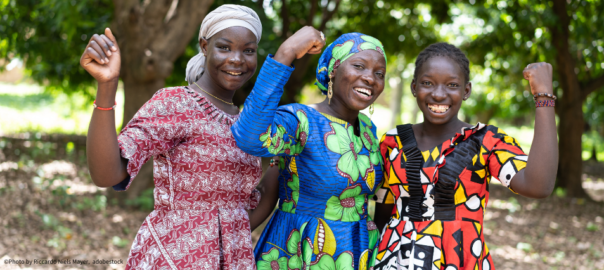Nepal Collects New Data to Promote Mental Health and Well-being
Today, October 10th, is World Mental Health Day, and The DHS Program is pleased to shine a spotlight on our implementing partners’ progress toward Sustainable Development Goal Target 3.4. The Nepal Ministry of Health and Population has prioritized ‘promoting mental health and well-being’ by collecting data on mental health in their two most recent surveys: […]











